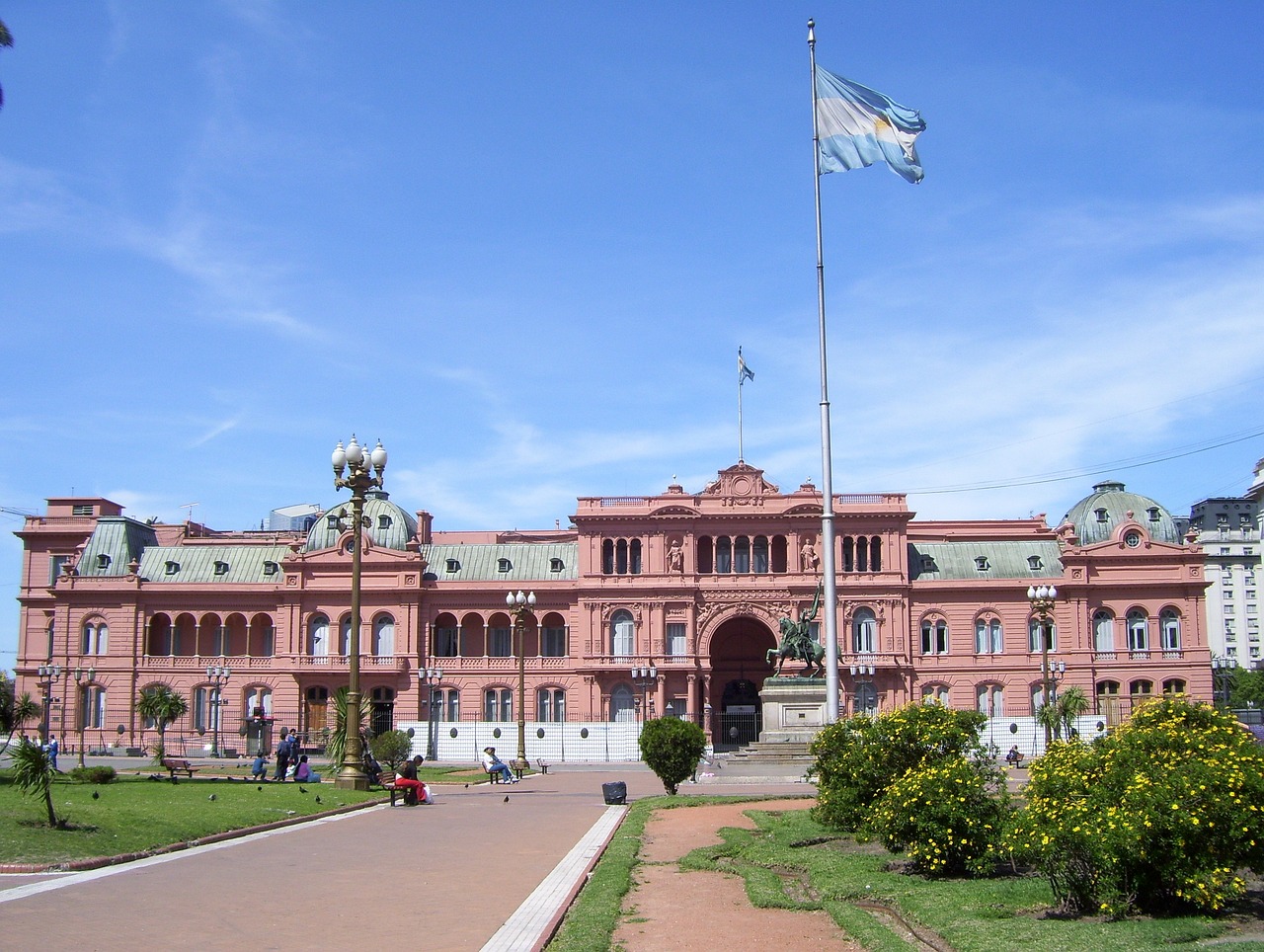On Friday, April 11, the Argentine government announced the lifting of currency controls that had been in place for 14 years. On Monday, April 14, local markets reacted with a rise in the dollar, while in Wall Street, Argentine bonds and stocks surged. By Thursday the 17th, ahead of the Easter break, international firms had begun to weigh in on the new phase.
Fitch: A Clearer Path Toward Reserve Accumulation
Argentina’s currency reform and the new IMF program offer a clearer path to reserve accumulation and a potential recovery of market access, which could improve the country’s sovereign credit rating of “CCC”, according to Fitch Ratings. Greater currency flexibility should only temporarily delay Argentina’s economic recovery and disinflation, and the authorities are now better positioned to manage this transition than in the past.
President Javier Milei’s program was successful last year, with a primary fiscal surplus of 1.8% of GDP, which allowed the end of Central Bank (BCRA) monetary financing. However, its reliance on a slowly evolving fixed exchange rate, capital controls, and financial repression to curb inflation and monetary imbalances—though initially effective—resulted in an overvalued peso.
The modest increase in international reserves in 2024 gave way to losses in 2025, as carry trade operations unwound. By March 2025, reserves had dropped to $24 billion and net reserves to negative $7 billion (after accounting for the China swap, legal reserves, and repos), practically unchanged since December 2023 when Milei took office.
The new exchange rate regime carries certain risks, which likely explains the authorities’ cautious approach. According to Fitch, it involves an initial devaluation of the peso that will temporarily raise inflation, which had already climbed to 3.7% month-on-month in March.
Dollar bond payments (interest and principal) total $8.6 billion in 2025 (half paid in January and the rest due in July) and will exceed $11 billion in the coming years.
Fitch says an upgrade of Argentina’s credit rating will depend on confidence in the future accumulation of international reserves and the recovery of market access, both necessary to comfortably meet these debt payments.
JP Morgan Recommends Buying Peso Bonds Until the Elections
A report from U.S. bank JP Morgan advises clients to increase holdings in Argentine peso-denominated bonds following the lifting of the “cepo” (currency clamp).
According to the bank, the new currency regime, combined with the IMF loan, clarifies the outlook for local fixed-income investments.
However, JP Morgan also warns of risks tied to tariff wars and the Argentine elections in October. At the end of that month, legislative elections will take place, with partial renewals of the Chamber of Deputies and the Senate.
Bank of America Praises the “Boldness” of the New Plan
“We believe the plan has a high probability of success in reducing inflation and rebuilding foreign currency reserves,” says a Bank of America report signed by analysts Sebastián Rondeau and Lucas Martin.
For the investment bank, it is a financial package: more concentrated than expected and with greater-than-expected financial support to back the new exchange rate system and debt payments.
Multilateral organizations will provide $21 billion this year. The IMF is contributing $15 billion in 2025 (out of a four-year $20 billion program), $12 billion of which will be frontloaded in an unprecedented 60% initial disbursement. The BCRA renewed a $5 billion swap with China and is seeking a $2 billion repo with banks.
BofA analysts do not foresee a feared bank run on the horizon as the new currency band system begins, thanks to strong financial support, the second-quarter harvest season, long dollar positions, tight monetary and fiscal policy, and temporary tax cuts for exporters.
The bank also expects currency control removals to continue, as the BCRA could rebuild reserves and support Argentina’s eventual return to the MSCI Emerging Markets equity index.
A View from Chile: Ending the Currency Clamp as a Decisive Step
Fynsa’s Latin American fixed-income expert, Cristián Zañartu, believes Argentina is at a decisive moment: “The currency clamp, in its various forms, distorted relative prices, created persistent exchange rate gaps, and hurt both investment and foreign trade. Today, with President Javier Milei’s decision to liberalize the exchange market for individuals, the country marks a turning point in its economic policy.”
“Although the initial financial impact has been moderate, it’s important to note that asset managers in Argentina will not see an immediate effect on their dollar flows as happened under Mauricio Macri. In fact, some investors have shown renewed appetite for peso-denominated instruments amid greater currency stability. However, by mid- or late-year, a stronger flow toward international financial products is expected, which could boost local demand for foreign assets,” Zañartu notes.
For the fixed-income expert, Argentina still faces its most complex challenge: fully liberalizing currency market access for institutional players.




